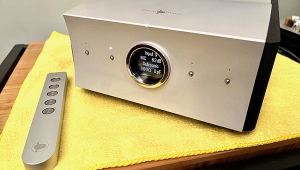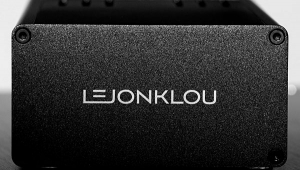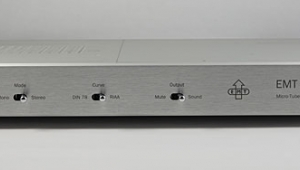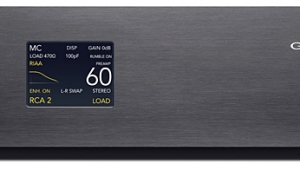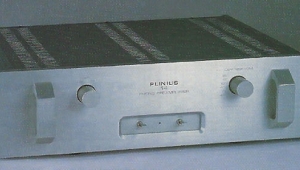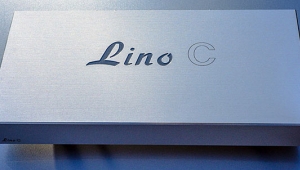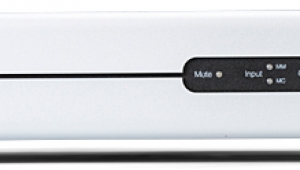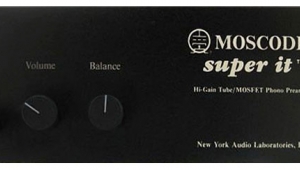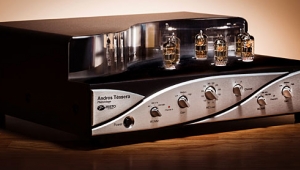| Columns Retired Columns & Blogs |
.... at all. Period. Instead, the power for the Ph.D. is 16 alkaline "D" cells." quoted Mike Fremer
AC-DC power supply + associated ground noise are very hard, if not impossible, to eliminate unless using battery supply. Such noises are a pain in MC/MM phonostages.
So battery is the ultimate free-power/ground-noise solution for MC/MM phono design.
Likewise, my MC head amp is also battery powered: +/- 6V = 8x D-size batteries. So why so low voltage? Because only discrete bipolar junction devices are used, no op-amp chips there.
Though the USD3,000 PHD phonostage used op-amp chips may sound superb to many, my ears just can't tolerate any chip sound, sorry. Maybe my ears are too spoiled by tubes used in all my phonotages & power amps.
Listening is believing
Jack L


